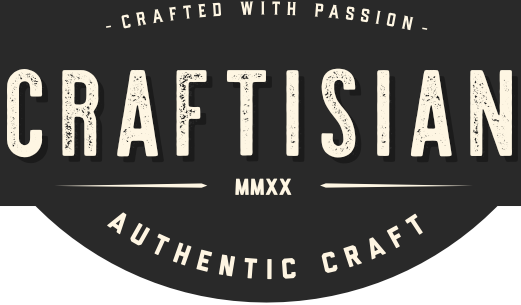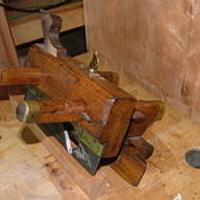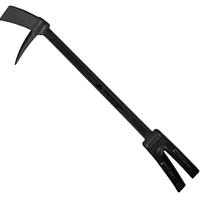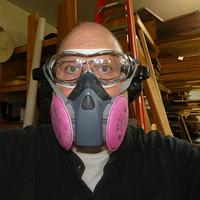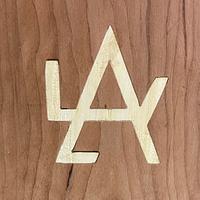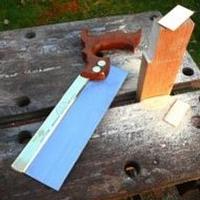
Brit
in over 11 years
Wood Chisels - Buying, Restoring, Sharpening and Using
- How do you restore them?
- What's your preferred method of sharpening them?
- Share your tips for using them.
Let's see your collection.
Andy -- Old Chinese proverb say: If you think something can't be done, don't interrupt man who is doing it.
41 Replies
Often when you buy a new set of chisels, the maker will state what angle the primary bevel has been ground at, but when you buy secondhand chisels you have to find out yourself if you want to try and replicate it. Sure you can buy angle gauges that can tell you, but they can't keep you honest when you're freehand sharpening and ensure you stick to the correct angle. Recently I thought of putting an angle finder which has a built in magnet on the back of the chisel. It even stays put while you're sharpening, so you can stop once in a while and check you're maintaining you're chosen angle.

You basically zero the device on a known flat surface, stick it on the back of your chisel and raise the chisel to your desired bevel angle. Don't get hung up on the numbers to the right of the decimal point, the angle isn't that important.

Works with plane irons too of course.
Good idea? Bad idea? What do you think?
Andy -- Old Chinese proverb say: If you think something can't be done, don't interrupt man who is doing it.
This is a good topic for discussion as there are as many ways to sharpen, and it can be confusing & frustrating at times.
I had a difficult time at sharpening when first starting to do woodworking. Maintaining a consistent angle during the process was my number one problem, and I had a tendency to create a convex hump on the slope. I know there are sharpening tools available, like the clamping device with the roller on the back, and I purchased one. I wasn't a fan of it, sometimes didn't insert the iron at the proper location to get the full slope flat on the stone, and for touchup during use it delayed my work.
After experimenting methods, I've been using the sideways method. This can be seen in a YT video by Stavros Gakos:
https://youtu.be/lj9Dr8kvnOo?si=DdLkuxEEWH0KZvsQ
This method allows me to quickly touch up irons and chisels while in use, because I find it much easier by hand to maintain the angle, and because of the width of the tool preventing tipping, I no longer get the rounding or convex slope.
Well, that's my two cents worth, maybe someone can find this useful.
Thanks for the topic of discussion, I'll be following for ideas.
When a chisel has gotten a ding and I need to remove a bunch of metal, I’ll take it over to the hand-cranked grinder Tony gave me. I’ve got the tool rest on that set at what seems to be a good angle for most of my lathe tools. I may move my little angle finder over from the table saw, since I still haven’t fixed that so I can actually zero the blade.
When tools need a quicker touch-up, I use a sharp skate with the older set of wheels rather than the skate. This does sideways sharpening as Tom recommends, and I agree that it’s an easier way for me to work and maintain the angle, though I sometimes won’t get a narrow chisel in exactly straight and will start making a skew. I generally catch that pretty quickly by looking at the scratches on the face. I use Arkansas oil stones for this sharpening now, since that’s what I grew up with and I can get good results. I do have a coarse friable stone which I’ll use when I’m changing a bevel angle or removing a ding and don’t want to use the grinder. That’s the fastest stone/hone I have other than the grinder.
May you have the day you deserve!
That said, I strop almost constantly. IMO, it reduces the need to sharpen by more than half. That is, I get double the life out of the edge before I have to go back and sharpen. Stropping is a superpower as far as I’m concerned.
Good topic!
Ryan/// ~sigh~ I blew up another bowl. Moke told me "I made the inside bigger than the outside".
The Other Steven
Ryan/// ~sigh~ I blew up another bowl. Moke told me "I made the inside bigger than the outside".
I bought a set of unhandled Narex Richter chisels over a year ago with the intention of turning my own handles. I even bought a set of figured maple turning blanks when I spotted them on sale but have yet to muster up the round toit. Part of my procrastination is deciding what shape to make them. Anyone have a shape that they really like?
--Nathan, TX. Hire the lazy man. He may not do as much work but that's because he will find a better way.
Darrel
I will add that in addition to the bevels, I give attention to the backs when I first acquire a chisel and flatten them. For wider chisels I also flatten the backs on my Worksharp. For narrower ones that are hard to hold flat against the spinning wheel, I use diamond plates. Unless they really need a lot of work then I put some 60 grit sandpaper on a granite surface plate.
Nathan, for bench chisels I've become fond of the Stanley 750 style handles.
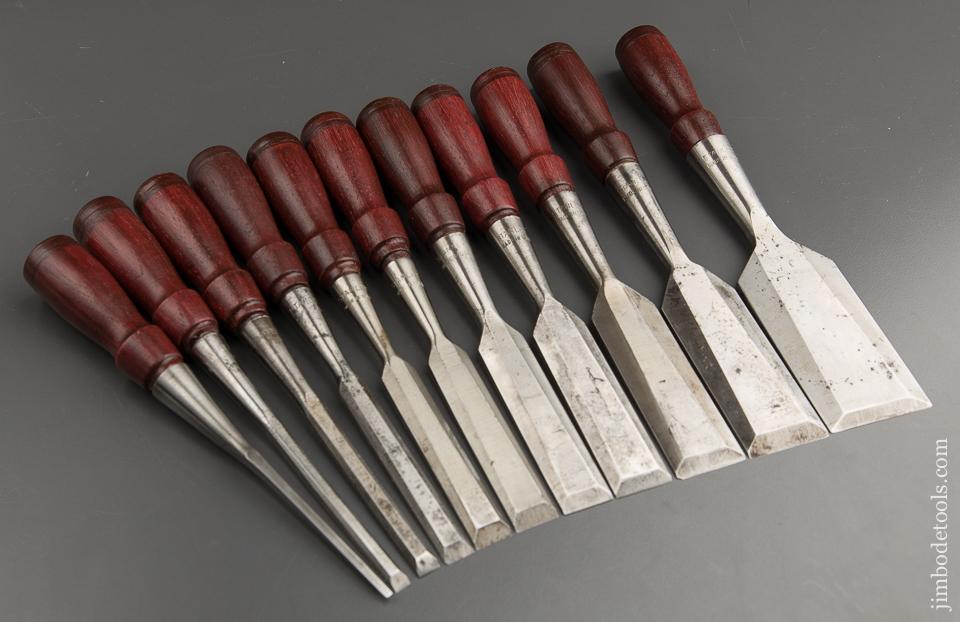
They're comfortable to hold while hitting the butt. If I were making my own I think I'd keep the basic geometry but make them a bit longer so my fat paws aren't so close the the mallet.
For paring chisels I like EA Berg handles.
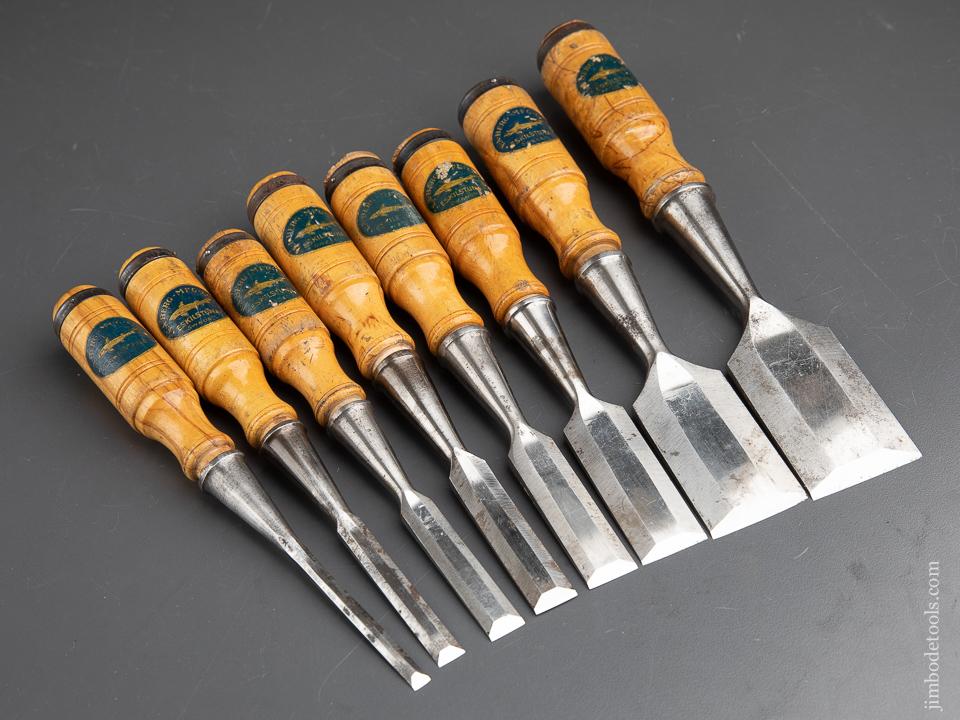
They're big enough to hold comfortably while applying force and strong enough to take a mallet tap if needed. The rings indicate they're intended for mallet duty but I like them for hand use.
Great thread Andy!
@Ryan - Not cheating to mention Worksharp machines. I don't have one, but that is only because they weren't available here when I was in the market. I have a Tormek T8 with the standard stone wheel, the three diamond wheels and the Japanese polishing wheel. I have a lot of their jigs too and I love that machine. I also have other sharpening machines. As far as hand sharpening goes, I have a set of Naniwa splash and go stones, DMT diamond stones and oil stones. I use them all. My all time favourites though are my Shapton ceramic stones. They are the bee's knees.
Andy -- Old Chinese proverb say: If you think something can't be done, don't interrupt man who is doing it.
Andy -- Old Chinese proverb say: If you think something can't be done, don't interrupt man who is doing it.
Andy -- Old Chinese proverb say: If you think something can't be done, don't interrupt man who is doing it.

I've tried a bunch of different types, and have settled on the Ashley Iles American Pattern chisels which work pretty well for me.
May you have the day you deserve!
--Nathan, TX. Hire the lazy man. He may not do as much work but that's because he will find a better way.
--Nathan, TX. Hire the lazy man. He may not do as much work but that's because he will find a better way.
May you have the day you deserve!








